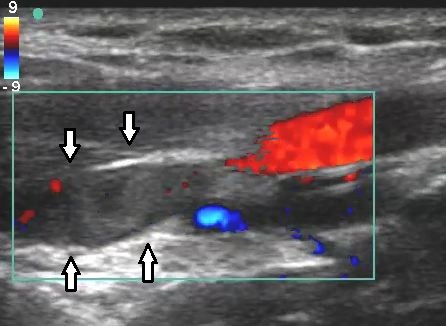
Deep vein thrombosis is a condition which includes the formation of blood clots within the deep veins. Deep veins in the legs are affected in most cases. These collections may detach and travel to the lungs causing a severe condition called pulmonary embolism. Pulmonary embolism is an urgent state which if not treated immediately by using clot dissolving medications leads to a lethal outcome. The deep vein thrombosis is something which may be prevented and treated properly either by specific medications (anticoagulants) or dietary regimes. Aids like compression stockings are of major help in prevention of this disease.
In most cases the conventional treatment may cure the disease so the surgical procedures are reserved for a minority of patients. Surgical treatment includes extreme cases and patients who are forbidden to take anticoagulants because of allergies or predisposition to excessive bleeding. The symptoms are not so specific but if present they include discomfort in the clot area, redness of the skin above the clot and swelling of the surrounding of the clot. The skin may be warmer in the affected area.
There are several surgical procedures in the case of deep vein thrombosis. They include balloon angioplasty, catheter-directed thrombolysis, insertion of the stent, thrombectomy and interruption of Vena Cava.
Balloon angioplasty is done to expand the vein after the clot dissolving. The balloon is inserted in the vein by a catheter and then it is inflated so that the vein becomes wider. After a period of time the balloon is removed. Catheter-directed thrombolysis is a procedure of clot dissolving within the lungs. Catheter is a passage of the thrombolytic agents which are administered to entirely dissolve the clot. For this procedure patients are kept in hospital for a few days. Stent insertion is done in patients whose veins are inclined to collapse. The stent will take care of the veins' stability providing them with the proper support. Thrombectomy includes the direct surgical removal of the clot. Anticoagulants such as Heparin or Warfarin are taken if this type of surgical treatment is conducted. These medications are administered during and after the procedure. Interruption of Vena Cava is a way of preventing pulmonary embolism. During the procedure the surgeon places a filter within the Vena Cava. The filter is in charge with trapping of the emboli (detached blood clots). The filter allows blood to flow without any difficulties.
Surgery carries certain risks and these are to be presented to patients prior to the operation. What is of major importance is the treatment after the surgery. The patients are supposed to take anticoagulants for a few months. These medications prevent new clots from forming. All the patients suffering from deep vein thrombosis must be regularly examined by their doctors.



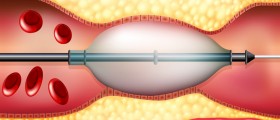

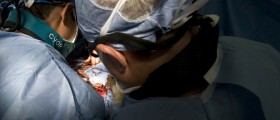
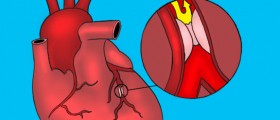









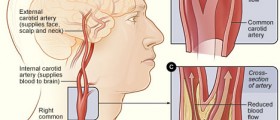
Your thoughts on this
Loading...